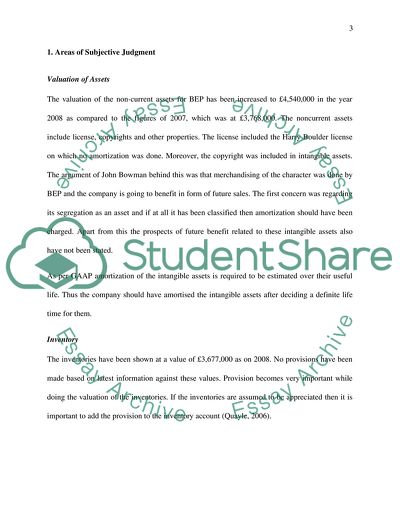Cite this document
(Accounting and Decision Making (Case Study on Bowman Entertainment plc Assignment, n.d.)
Accounting and Decision Making (Case Study on Bowman Entertainment plc Assignment. https://studentshare.org/finance-accounting/1802665-accounting-and-decision-making-case-study-on-bowman-entertainment-plc
Accounting and Decision Making (Case Study on Bowman Entertainment plc Assignment. https://studentshare.org/finance-accounting/1802665-accounting-and-decision-making-case-study-on-bowman-entertainment-plc
(Accounting and Decision Making (Case Study on Bowman Entertainment Plc Assignment)
Accounting and Decision Making (Case Study on Bowman Entertainment Plc Assignment. https://studentshare.org/finance-accounting/1802665-accounting-and-decision-making-case-study-on-bowman-entertainment-plc.
Accounting and Decision Making (Case Study on Bowman Entertainment Plc Assignment. https://studentshare.org/finance-accounting/1802665-accounting-and-decision-making-case-study-on-bowman-entertainment-plc.
“Accounting and Decision Making (Case Study on Bowman Entertainment Plc Assignment”. https://studentshare.org/finance-accounting/1802665-accounting-and-decision-making-case-study-on-bowman-entertainment-plc.


